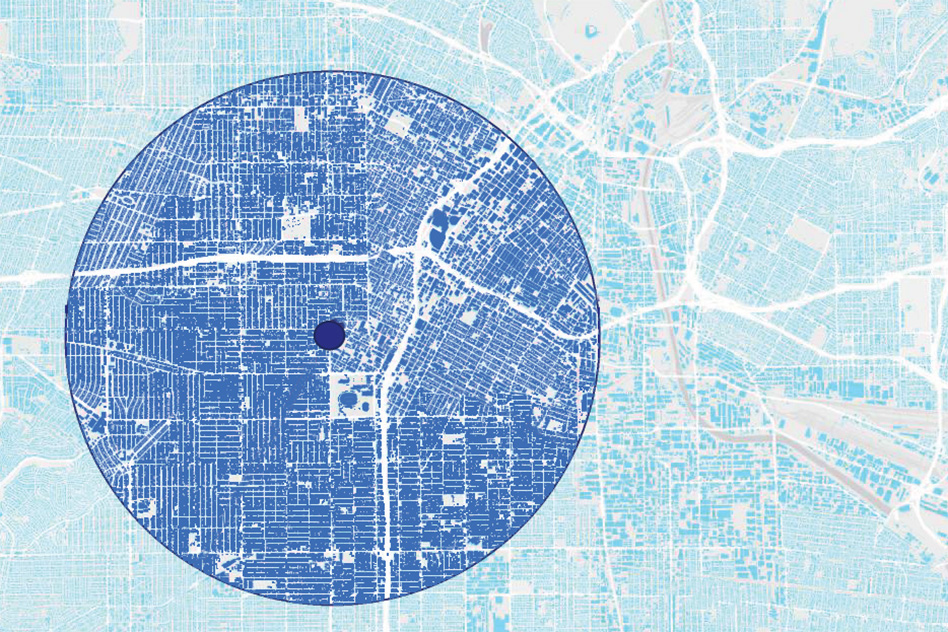Some cities, such as New York and Chicago, are laid out on a precise grid like the atoms in a crystal, while others, such as Boston and London, are arranged more chaotically, like those in liquid or glass. Researchers have found that the “crystalline” cities are more dramatic “heat islands”: they experience far greater buildup of heat compared with their surroundings than the “glasslike” ones.
For decades, researchers have known that urban building materials such as concrete and asphalt can absorb heat during the day and radiate it back at night, leaving cities hotter than surrounding areas covered with vegetation. This effect is often quite dramatic, contributing as much as 15 °F to nighttime temperatures in places such as Phoenix, Arizona. The consequences can include more health problems and higher energy use during hot weather.
The researchers, led by MIT senior research scientist Roland Pellenq, took formulas initially devised to describe how individual atoms in a material are affected by forces from the other atoms and adapted them to yield simplified statistical descriptions of the way buildings are situated in relation to each other. They applied those formulas to patterns of buildings determined from satellite images of 43 cities in the US and other countries, generating for each city a single index number—the “local order parameter”—between 0 (total disorder) and 1 (perfect crystalline structure). The cities’ index scores ranged from 0.5 to 0.9—and this correlated directly with observed temperature differences between the cities and nearby rural areas. The “crystalline” cities, those with higher scores, had more pronounced heat-island effects.
Don’t settle for half the story.
Get paywall-free access to technology news for the here and now.
